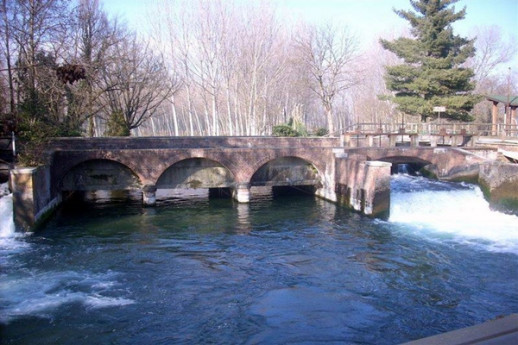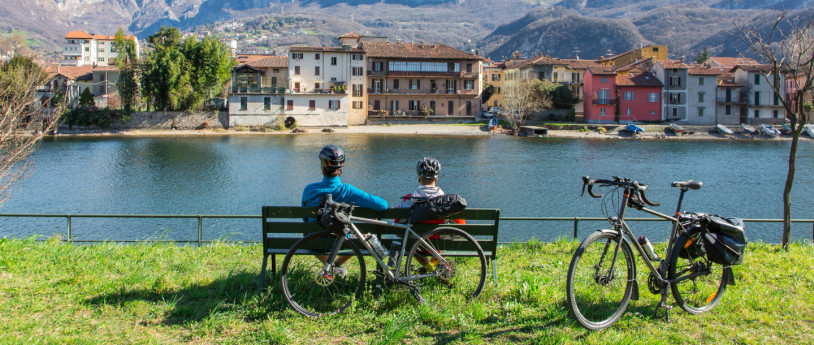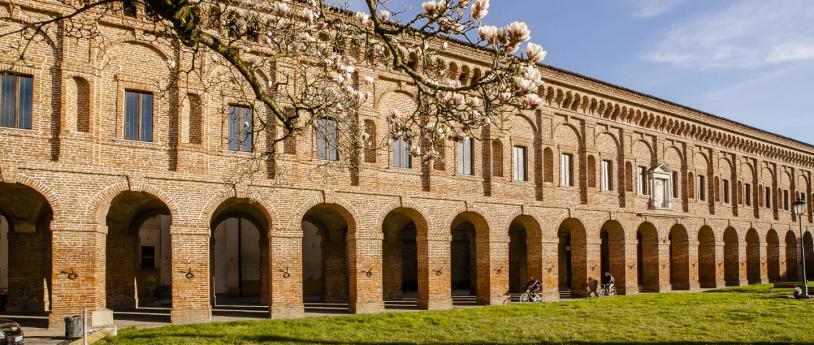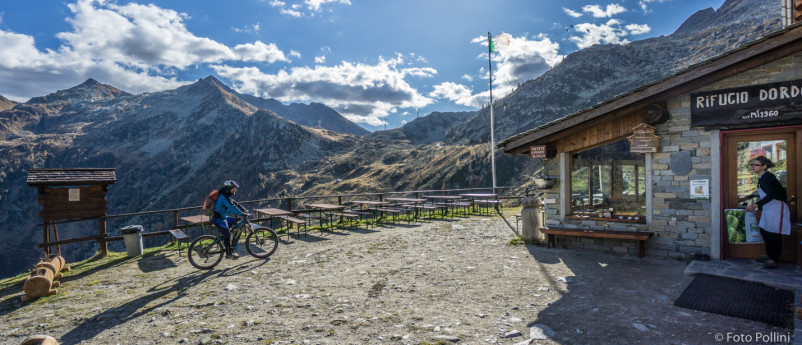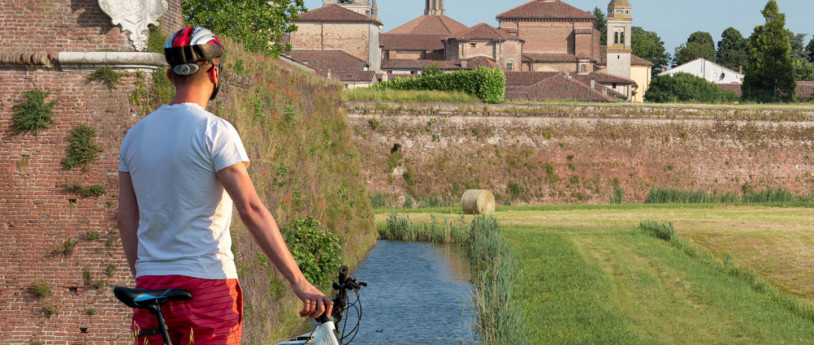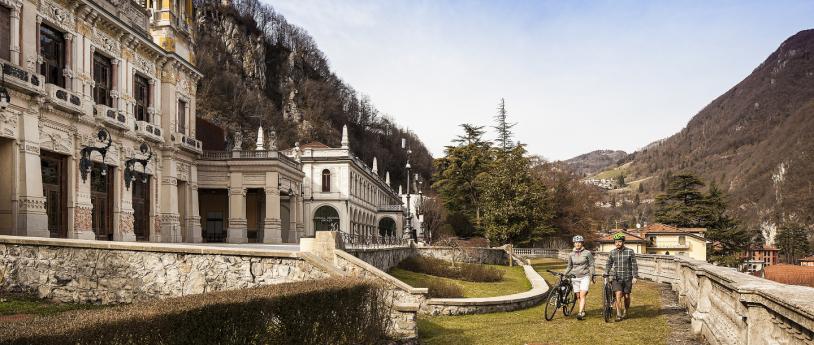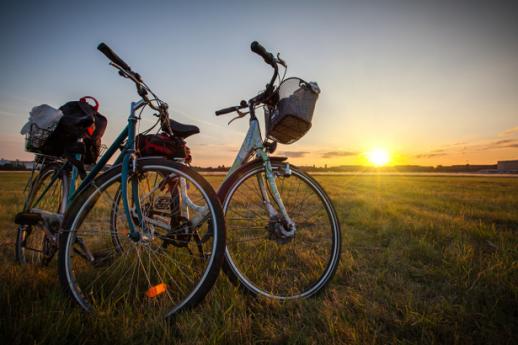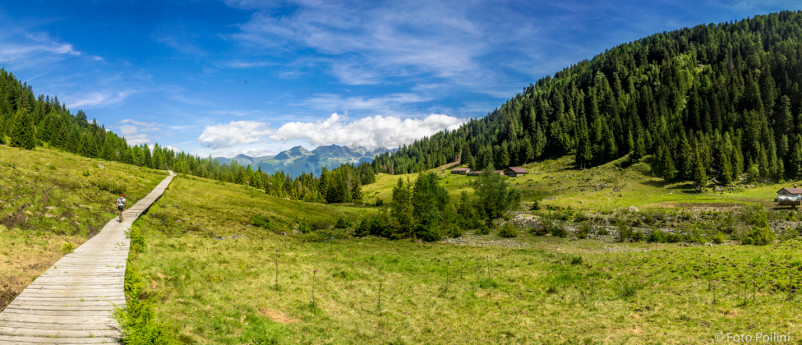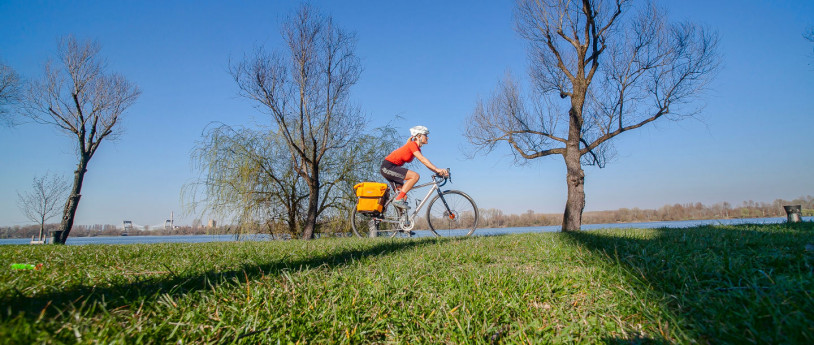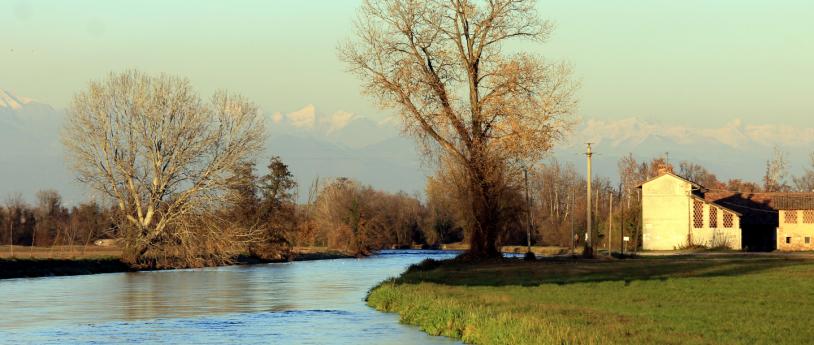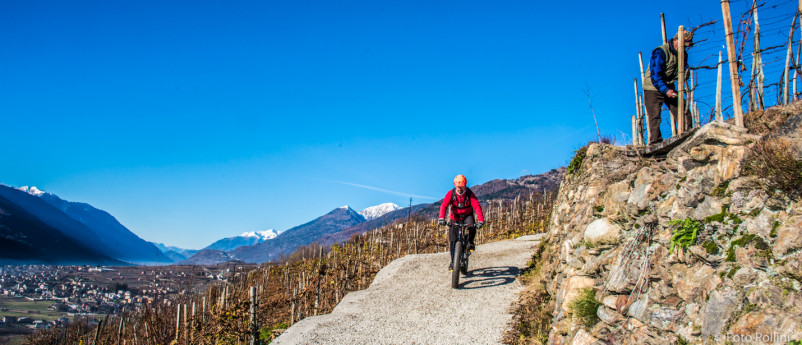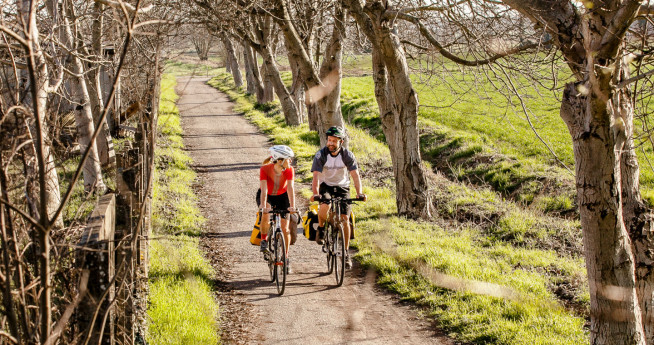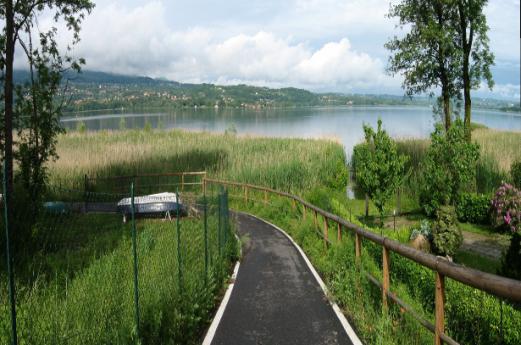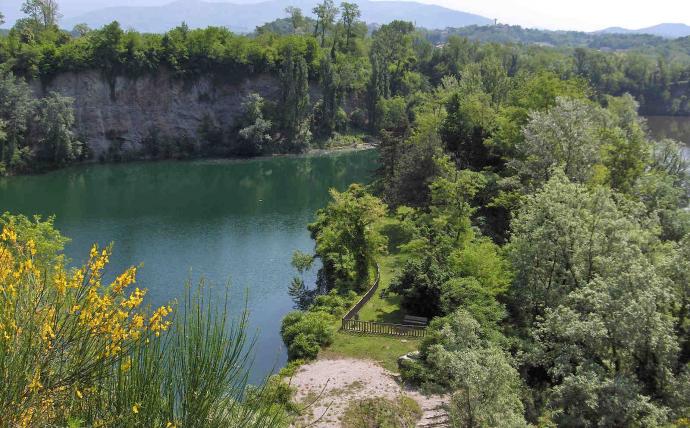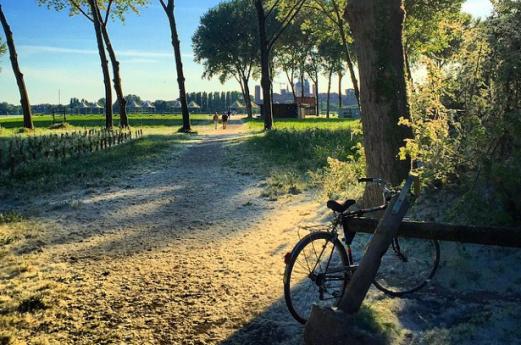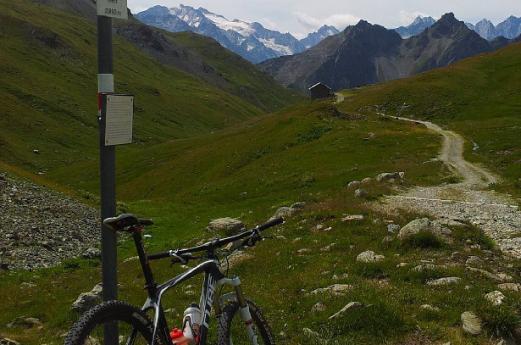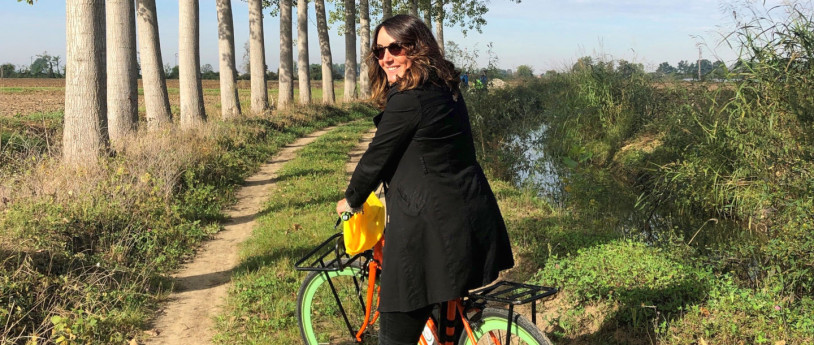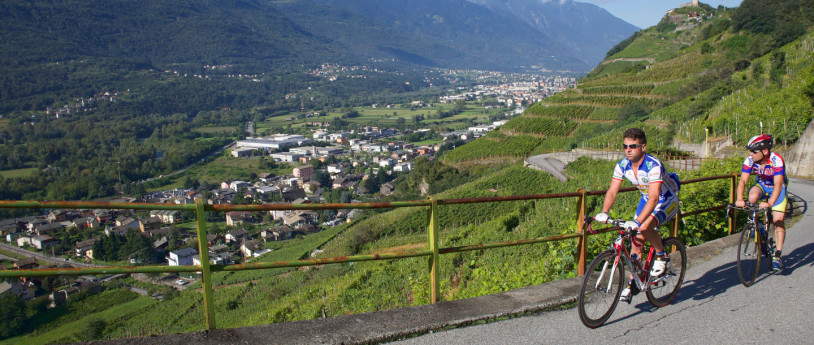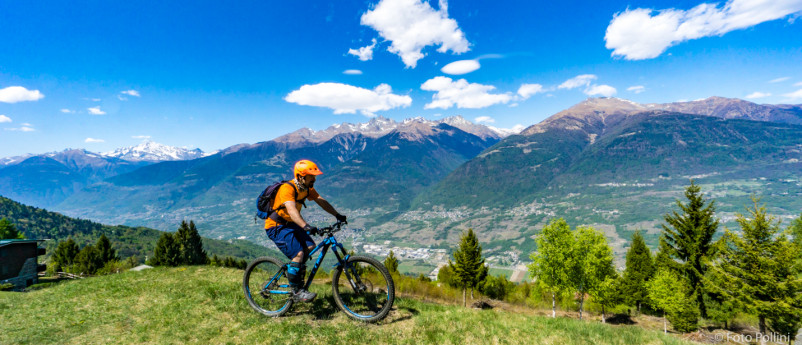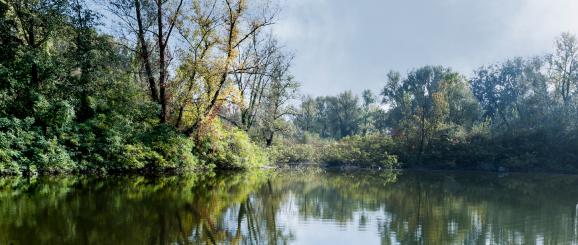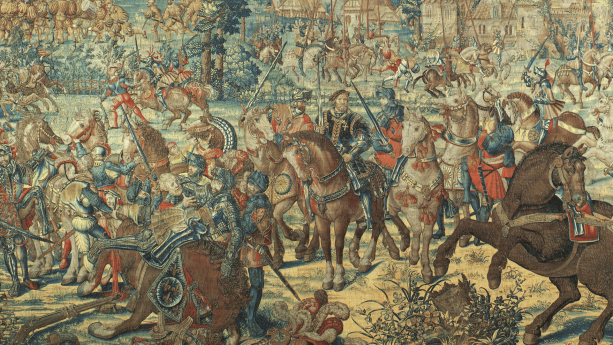- Cycle Tourism
- Active & Green
The cycle routes of the Po
An old pontoon bridge. Swamps and reeds. Handcrafted jewelry. And tasty boiled meat dishes and Grana Padano to eat. 10 stages to discover
This itinerary is dedicated entirely to the bike lanes of the Po river and the Region's southeastern part. This means that if you travel from west towards east, you will not find a single elevation during its 207 kilometers.
It makes part of the VenTo cycling lane that takes travelers from Venice to Turin following the stream of the Po river.
1. The Antonio Stradivarius Violin Museum of Cremona, with the most valuable violins in the world and a recently built auditorium, a jewel of acoustic engineering.
2. Boiled meats accompanied by the sweet and sour flavour of mustard, a recipe that dates back to 1604, can be sampled in the taverns of Cremona. Indispensable protein for a cyclist.
3. Brooches, cuff-links, bracelets: more than 20,000 items of jewellery preserved at the Museo del Bijou in Casalmaggiore, evidence of a historical artisan tradition.
4. Sabbioneta, a UNESCO World Heritage Site, was commissioned by the Gonzaga and built on the basis of the humanistic principles of the ideal city.
5. The Grana Padano cheese, a great energy boost for cyclists, can be bought from the stores in the dairies.
6. Piazza XXIII Aprile in the village of Pomponesco, in Mantua: a long rectangular portico with cobblestones that reaches the bank of the Po, the location for “The Spider’s Stratagem”.
7. The Castello dell’Alluvione of the village of Cizzolo offers a view that is worth stopping for and admiring.
8. Ponte di Barche of Torre, a pontoon bridge dated 1926, is a few strokes of the pedal from the confluence of the rivers Oglio and Po.
9. The drainage pump of San Matteo delle Chiaviche, typical of the countryside between the rivers Oglio and Po, now forms part of an ecomuseum.
10. The Paludi di Ostiglia marshes, with reeds and water lilies, are a nature reserve of 120 hectares in an extensive wetland.
